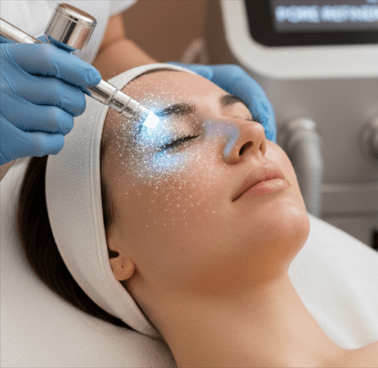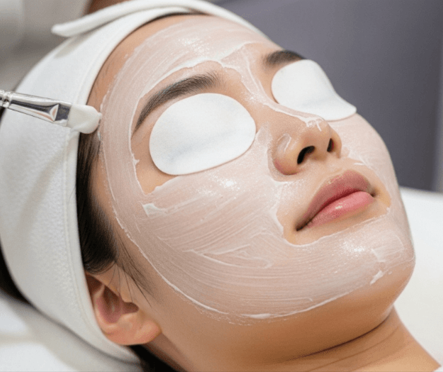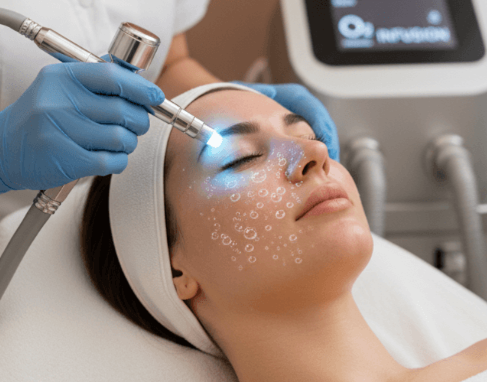Undergoing plastic or cosmetic surgery is a major decision, and while selecting the right surgeon is critical, what happens after surgery is just as important. A well-structured Post-Surgery Recovery Program can make all the difference in ensuring faster healing, reduced complications, and optimal aesthetic results.
In Korea — a global hub for medical tourism and plastic surgery — clinics and recovery centers offer comprehensive recovery care programs designed specifically for international patients. If you’re planning to undergo surgery in Korea, here’s everything you need to know about what a premium post-surgical recovery program looks like.
🏥 What Is a Post-Surgery Recovery Program?
A Post-Surgery Recovery Program is a structured series of treatments, therapies, and checkups offered after cosmetic or reconstructive surgery. These programs are designed to:
- Accelerate the healing process
- Minimize swelling and bruising
- Prevent infection and scarring
- Ensure proper wound care and hygiene
- Provide physical and emotional comfort during recovery
Programs can be provided in-house at a hospital or through specialized recovery centers — particularly popular in Seoul’s Gangnam district.
🩹 Why Is Recovery Support Important?
After surgery, your body is vulnerable and needs special care to:
- Maintain surgical results (especially for procedures like facial contouring or liposuction)
- Avoid complications such as infections, fluid build-up (seroma), or poor scarring
- Monitor anesthesia effects and wound healing
- Reduce post-op anxiety for international patients far from home
The first 72 hours are critical — and the right aftercare can significantly improve your experience and outcomes.
🧑⚕️ What’s Included in a Post-Surgery Recovery Program?
While services vary by clinic or center, here are the core components of a premium recovery care program in Korea:
1. Medical Monitoring & Nursing Care
- Vital signs and surgical site monitoring
- Pain management and medication guidance
- Surgical drain management (if applicable)
- Assistance with dressing changes and hygiene
2. Swelling and Bruising Reduction Therapies
Korean clinics often use advanced, non-invasive treatments to reduce inflammation:
- High-frequency therapy (to improve circulation and drain fluids)
- LED light therapy (to reduce redness and promote cellular healing)
- Cold compress systems (to soothe swelling after facial surgery)
- Detox massage or lymphatic drainage (especially after liposuction or body contouring)
3. Nutritional Support & Healing Meals
Some recovery centers provide customized meals rich in:
- Protein (to support tissue regeneration)
- Antioxidants (to reduce inflammation)
- Soft, easy-to-digest options for post-op comfort
- Hydration and vitamin-rich soups (e.g., Korean “miyeok-guk” or bone broth)
4. IV Nutrient Infusions
- Glutathione and Vitamin C for skin recovery and immune support
- B-complex vitamins for energy and healing
- Hydration IVs to support detox and reduce fatigue
5. Rest and Relaxation Environment
- Private recovery rooms with comfortable bedding
- Oxygen therapy (for improved tissue oxygenation)
- Air purification systems for a sterile environment
- Temperature and light-controlled spaces to improve comfort and reduce stress
🧳 For International Patients: Medical Tourism-Friendly Services
Korea’s top hospitals and recovery centers cater to foreign patients with:
- Multilingual staff (English, Chinese, Japanese, Arabic, etc.)
- Airport pickup and drop-off
- Hotel booking assistance or in-house accommodation
- Translation during check-ups and follow-up visits
- Customized itineraries with rest periods and light sightseeing
This makes recovery easier and more comfortable — especially for solo travelers or those unfamiliar with the local healthcare system.
🧖♀️ Add-On Healing Therapies
Some premium post-surgery recovery programs offer optional treatments like:
- Jet Peel hydration facials (to rejuvenate tired skin without pressure)
- LED mask therapy (to reduce scarring and improve skin tone)
- Aromatherapy and calming massage (to aid relaxation and sleep)
- Scar management treatments (silicone dressing, laser therapy, or micro-needling)
These add-ons help patients feel pampered, not just treated, during their stay.
⏳ Recovery Timeline: What to Expect
Every surgery has a different healing window, but a typical post-op timeline might look like this:
| Timeframe | Care Focus |
|---|---|
| Day 1–3 | Rest, swelling management, pain control |
| Day 4–7 | Light mobility, follow-up checkups, suture care |
| Week 2–3 | Resuming light activities, massage, early scar care |
| Week 4+ | Final swelling reduction, long-term skin care |
A post-surgery program helps guide you through each phase safely and efficiently.
🌟 Popular Clinics and Recovery Centers in Korea
Some of the best-known names offering exceptional recovery care include:
✅ Banobagi Recovery Center
- Post-op swelling treatments, IV therapy, Jet Peel, LED
- Connected to Banobagi Plastic Surgery Hospital
- Offers premium packages for foreign patients
✅ ID Hospital Recovery Lounge
- Hospital-grade post-op monitoring
- In-house accommodation for facial contouring, bone surgery, and more
- Korean meals, concierge service, and multilingual care
✅ JW Plastic Surgery
- Personalized aftercare programs
- Swelling care with patented tools and gentle massage
- Follow-up service even after returning to your home country
💬 Real Patient Experience
“I had jaw surgery at ID Hospital and stayed in their recovery room for 3 days. Nurses were checking on me constantly, and the swelling treatments really worked. I felt safe and supported the whole time.”
— Anna, 26, USA
“Banobagi’s recovery center made me feel like I was in a hotel. I had daily IVs and Jet Peel treatments that made my skin glow even after surgery!”
— Leila, 33, UAE
✨ Final Thoughts
A successful surgery doesn’t end in the operating room. The real transformation — in healing, appearance, and confidence — happens during post-surgical recovery. Korea’s advanced recovery programs provide the perfect combination of medical expertise, comfort, and cosmetic care.
Whether you’re undergoing facial contouring, breast surgery, liposuction, or rhinoplasty, a guided recovery program ensures that you heal faster, safer, and more beautifully.




